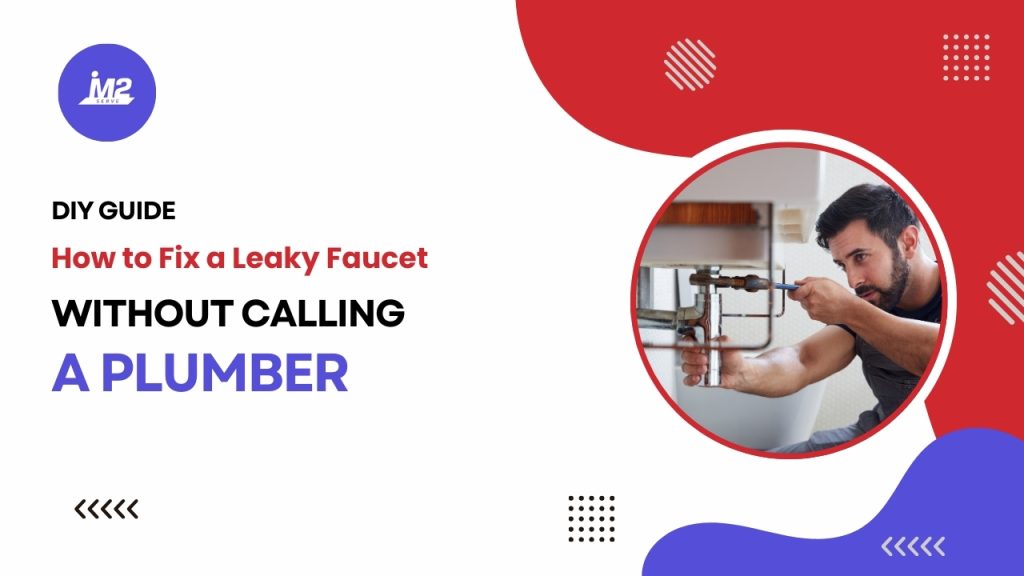A leaky faucet is not only annoying but can also waste a significant amount of water and drive up your utility bills. While calling a plumber might seem like the easiest solution, fixing a leaky faucet yourself can be a simple and cost-effective DIY project. In this guide, we’ll walk you through the steps to fix a leaky faucet without the need for professional help, saving you time and money in the process.
Turn Off the Water Supply
Before you begin any repairs, it’s essential to turn off the water supply to the faucet. Locate the shut-off valves under the sink and turn them clockwise to shut off the water flow. If you can’t find shut-off valves, you may need to turn off the main water supply to your home.
Identify the Type of Faucet
There are several types of faucets, each with its own method of repair. The most common types are compression, cartridge, ball, and ceramic disk faucets. Identify the type of faucet you have before proceeding with repairs to ensure you use the correct techniques and replacement parts.
Disassemble the Faucet
Once you’ve turned off the water supply, use a screwdriver or Allen wrench to remove the handle of the faucet. Next, remove any decorative caps, nuts, or screws to access the internal components of the faucet. Be sure to place all parts in a safe place to avoid losing them during the repair process.
Replace Faulty Components
In most cases, a leaky faucet is caused by worn-out or damaged components such as O-rings, washers, or seals. Carefully inspect these parts for signs of wear, corrosion, or mineral buildup. If you notice any damage, replace the faulty components with new ones from your local hardware store. Be sure to choose replacement parts that are compatible with your faucet model.
Clean and Reassemble the Faucet
Before reassembling the faucet, clean all parts thoroughly to remove any debris or sediment that may affect its performance. Pay special attention to the valve seat, which should be smooth and free of any corrosion or buildup. Once cleaned, reassemble the faucet in the reverse order of disassembly, ensuring that all components are properly aligned and tightened.
Turn On the Water Supply and Test
Once the faucet is reassembled, turn on the water supply and test for leaks. Slowly turn the faucet handle to allow water to flow through the spout. Check for any signs of leakage around the handle, spout, or base of the faucet. If you notice any leaks, tighten connections or replace components as needed until the leak is resolved.
Do you want home improvement service in Abu Dhabi? Click here
Enjoy Your Leak-Free Faucet
Congratulations! You’ve successfully fixed your leaky faucet without calling a plumber. With regular maintenance and prompt repairs, you can keep your faucet in optimal condition and prevent future leaks from occurring. Not only have you saved money on plumbing expenses, but you’ve also gained valuable DIY skills that can be applied to other household repairs in the future.
Conclusion
Fixing a leaky faucet doesn’t have to be a daunting task. With the right tools, knowledge, and a little bit of patience, you can easily tackle this common household problem on your own. By following the steps outlined in this guide, you can repair your leaky faucet without the need for professional help, saving you time, money, and frustration in the process. So roll up your sleeves, grab your toolbox, and get ready to enjoy the satisfaction of a job well done!
Unlock the power of convenience and download the app today! Download App

